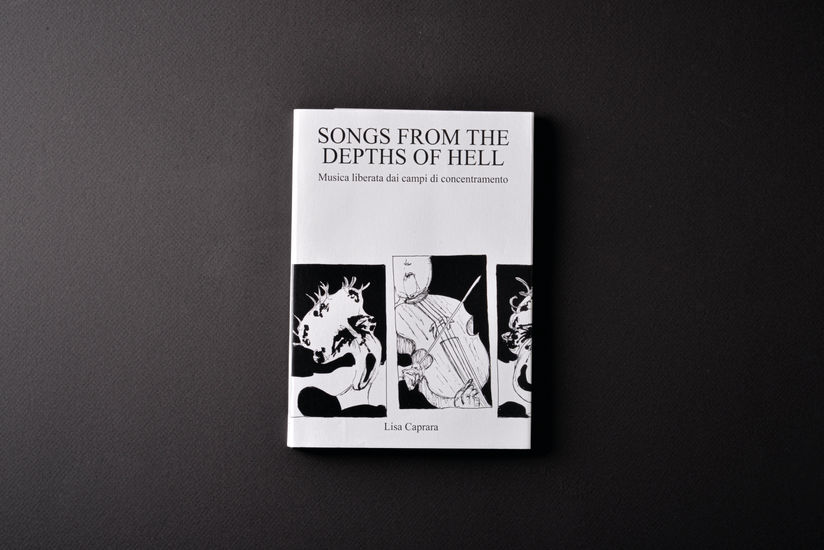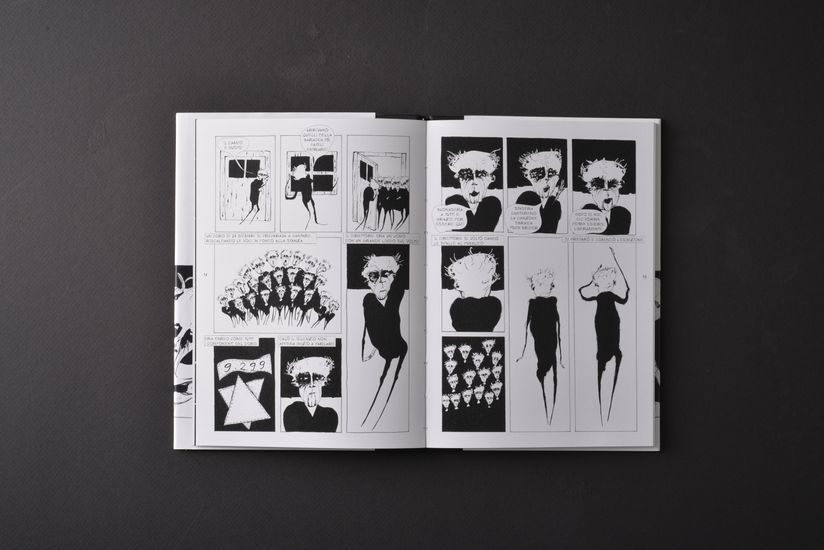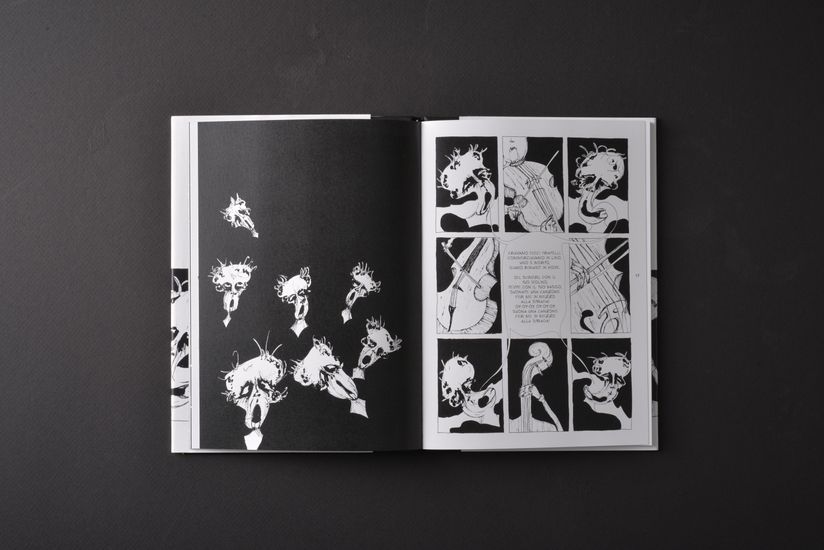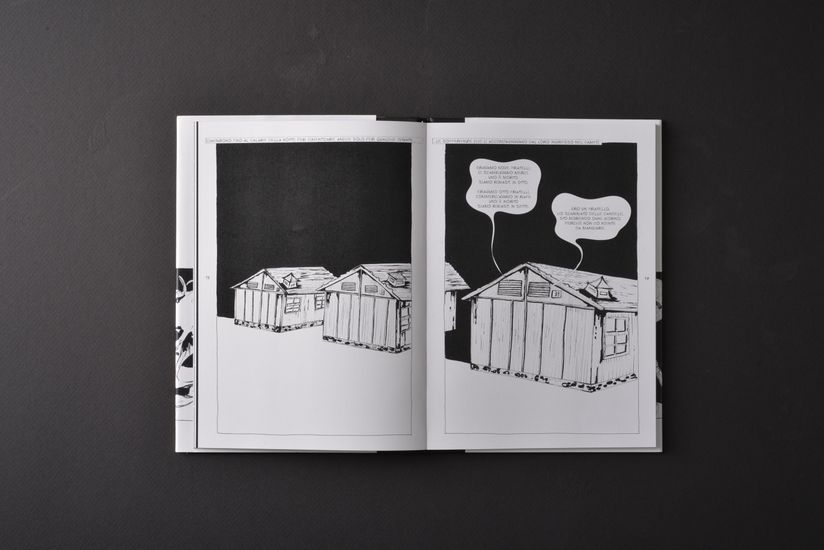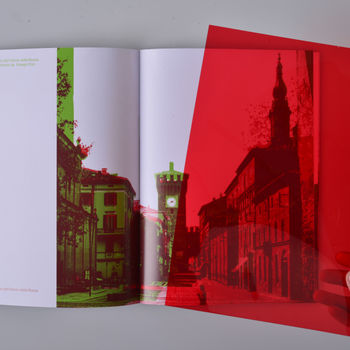Songs from the depths of hell Musica liberata dai campi di concentramento
Lisa Caprara
IT
Tra il 1933 e il 1945 più di 40.000 strutture tra ghetti, campi di concentramento e sterminio vennero aperti dalla Germania e dai suoi alleati con lo scopo di imprigionare i ‘’nemici’’ dello stato tedesco. Queste strutture non furono solo luoghi di lavoro forzato, morte e sterminio ma anche teatro di una vasta produzione musicale da parte dei prigionieri per scappare dalla realtà cui erano obbligati a vivere. Le canzoni create in questi contesti narrano più che mai la speranza di sopravvivere e sono un ulteriore testimonianza delle condizioni disumane nelle quali i prigionieri vivevano. L’album Songs from the depths of hell di Aleksander Kulisiewicz, pubblicato nel 1979 dalla casa discografica statunitense Folkways, è una raccolta di 15 canzoni nate in alcuni complessi concentrazionari tedeschi tra il 1936 e il 1945. Questo album è una delle testimonianze più importanti di musica concentrazionaria e da esso nasce il progetto Songs from the depths of hell Musica liberata dai campi di concentramento con l’obiettivo di far emergere questo immenso patrimonio culturale. Il progetto consiste in una pubblicazione che illustra le storie nascoste dietro alle composizioni del disco e si completa con una piattaforma online nella quale vengono fornite informazioni, foto e documenti aggiuntivi. Quest’ultima fornisce, altresì, una modalità di ascolto dell’album e i testi originali e tradotti delle composizioni. L’interazione fra i due media crea un’esperienza immersiva che mira a far scoprire la musica concentrazionaria, un aspetto della vita dei prigionieri ancora poco conosciuto.
EN
Between 1933 and 1945, more than 40,000 facilities including ghettos, concentration and extermination camps were opened by Germany and its allies for the purpose of imprisoning the ‘’enemies‘’ of the German state. These facilities were not only places of forced labour, death and extermination but also the scene of a vast musical production by prisoners to escape the reality they were forced to live in. The songs created in these contexts narrate more than ever the hope of survival and are further testimony to the inhuman conditions in which the prisoners lived. The album Songs from the depths of hell by Aleksander Kulisiewicz, released in 1979 by the US record company Folkways, is a collection of 15 songs created in German concentration camps between 1936 and 1945. This album is one of the most important testimonies of concentration camp music and the Songs from the depths of hell Musica liberata dai campi di concentramento project was born with the aim of bringing out this immense cultural heritage. The project consists of a publication illustrating the hidden stories behind the record compositions and is complemented by an online platform on which additional information, photos and documents are provided. The website also provides a way to listen to the album and to read the original and translated texts of the compositions. The interplay between the two media creates an immersive experience that aims to make people discover the album and the original and translated lyrics of the compositions.
DE
Zwischen 1933 und 1945 wurden von Deutschland und seinen Verbündeten mehr als 40 000 Einrichtungen, darunter Ghettos, Konzentrations- und Vernichtungslager, eröffnet, um die „Feinde“ des deutschen Staates zu inhaftieren. Diese Einrichtungen waren nicht nur Orte der Zwangsarbeit, des Todes und der Vernichtung, sondern auch Schauplatz einer umfangreichen Musikproduktion der Häftlinge. Damit entkamen sie der Realität, in welcher sie gezwungen waren zu leben. Die in diesem Kontext entstandenen Lieder erzählen mehr denn je von der Hoffnung auf Überleben und sind ein weiteres Zeugnis für die unmenschlichen Bedingungen, unter denen die Häftlinge lebten. Das Album Songs from the depths of hell von Aleksander Kulisiewicz, welches 1979 von der amerikanischen Plattenfirma Folkways veröffentlicht wurde, ist eine Sammlung von 15 Liedern, die zwischen 1936 und 1945 in deutschen Konzentrationslagern entstanden sind. Dieses Album zählt als eines der wichtigsten Zeugnisse der KZ-Musik. Das Projekt Songs from the depths of hell Musica liberata dai campi di concentramento wurde mit dem Ziel ins Leben gerufen, dieses immense kulturelle Erbe bekannt zu machen. Es besteht aus einer Publikation, welche die verborgenen Geschichten hinter den Plattenkompositionen illustriert. Ergänzt wird durch eine Online-Plattform, auf der zusätzliche Informationen, Fotos und Dokumente bereitgestellt werden. Letzteres bietet auch die Möglichkeit, das Album sowie die Original- und übersetzten Texte der Kompositionen anzuhören. Durch das Zusammenspiel der beiden Medien wird eine immersive Erfahrung geschaffen, die darauf abzielt, das Album und die Original- und übersetzten Song Texte der Kompositionen zu entdecken.






